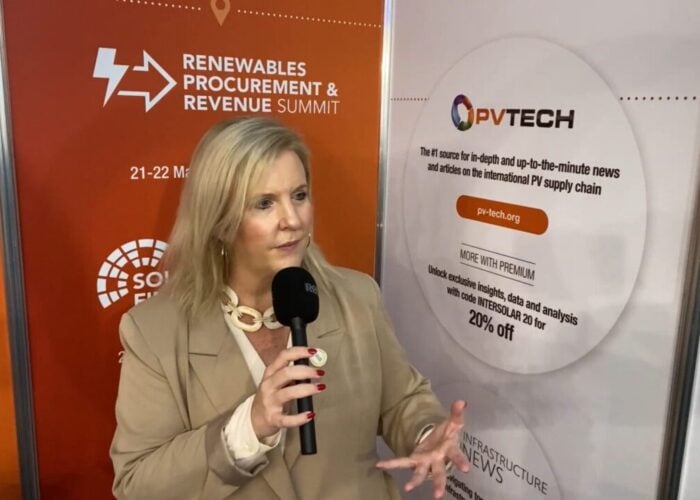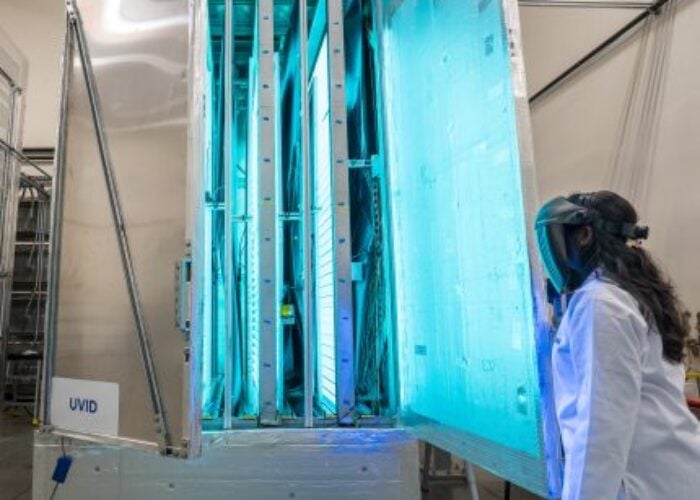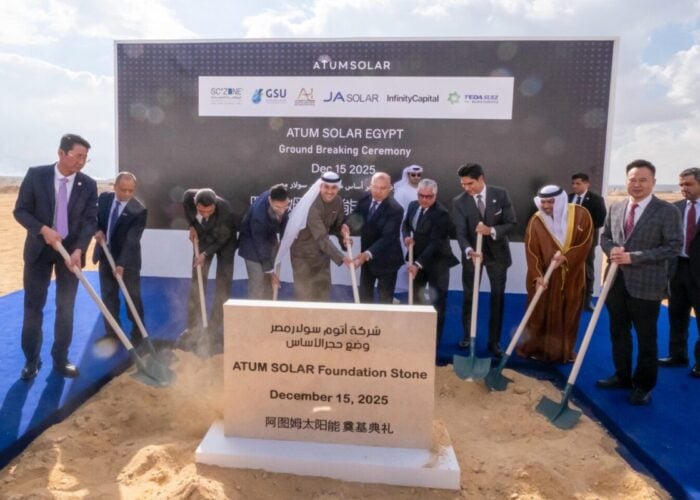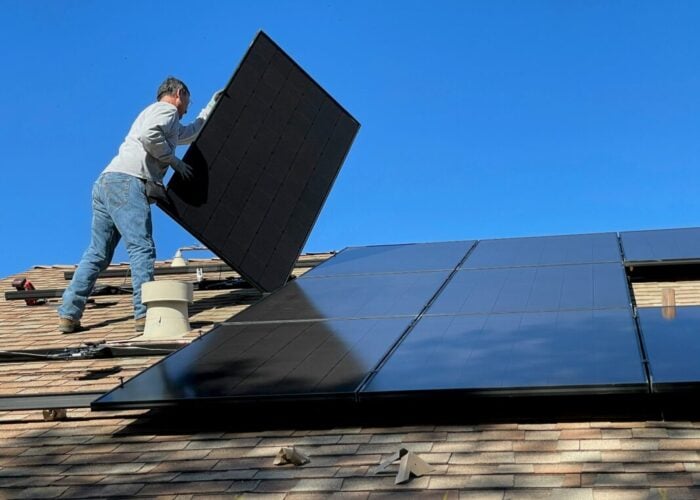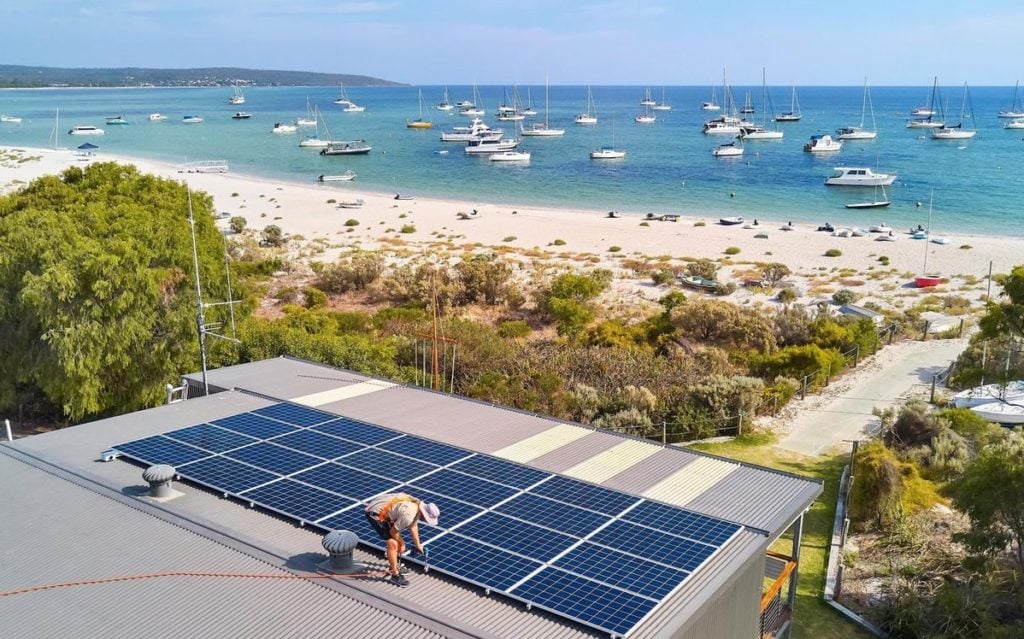
The Australian Energy Market Commissioner (AEMC) is proposing to enable virtual power plants (VPPs) to directly compete with large-scale generators in the energy market, which could aid solar PV’s role in decarbonising Australia.
The draft determination, released on Thursday (25 July), would allow aggregated consumer energy resources (CER) to be scheduled and dispatchable in the National Electricity Market (NEM).
Try Premium for just $1
- Full premium access for the first month at only $1
- Converts to an annual rate after 30 days unless cancelled
- Cancel anytime during the trial period
Premium Benefits
- Expert industry analysis and interviews
- Digital access to PV Tech Power journal
- Exclusive event discounts
Or get the full Premium subscription right away
Or continue reading this article for free
CERs, often defined as small-scale generation units such as battery energy storage units and solar PV, as well as other price-responsive small resources like backup generators, could enable consumers or parties to respond to spot prices.
Including the technologies could be a major boon for the NEM and contribute not only to the security of supply and grid stability but also aid in the decarbonisation of Australia, particularly as coal-fired power stations are withdrawn and decommissioned.
Indeed, previous coverage by PV Tech indicates that coal is expected to be fully withdrawn from Australia’s grids by 2038. The Australian Energy Market Operator (AEMO) has stated that grid investment must increase to ensure large-scale renewable energy generators can fill the gap left by coal.
In what the AEMC has deemed a “significant opportunity” for consumers, retailers, and the broader electricity system, the organisation’s research indicates that the inclusion of CERs would result in cost savings of around AUS$834 million (US$545 million) between 2027 and 2050 while also further incentivising the uptake of small-scale solar PV installations.
The draft rule establishes a dispatch mode that allows currently unscheduled price-responsive resources to be scheduled and dispatchable in the NEM, either in aggregations or individually.
It also outlines a time-limited incentive programme to encourage participation in the system during its initial years. This program enables AEMO to hold bids to compensate participants for entering dispatch mode in the system’s first five years.
The final factor will include monitoring and reporting obligations for AEMO and the Australian Energy Regulator (AER) to transparently evaluate the impact of price-responsive resources on the accuracy of AEMO’s short-term demand forecasts and the resulting efficiency consequences.
New rule could be a ‘pivotal moment’ in the energy market’s evolution
AEMC chair Anna Collyer said the draft rule represents a pivotal moment in the energy market’s evolution.
”By integrating VPP’s and similar resources, we’re not just enhancing market efficiency; we’re empowering consumers and paving the way for a more sustainable energy future,” Collyer said.
”Fully integrating these resources will allow energy, security, and reliability services to be provided more efficiently. ‘Over time, this integration will reduce the need for large-scale generation and storage infrastructure, ultimately decreasing costs and emissions for all consumers.”
The draft determination includes a provision to offer payments to early participants in order to encourage widespread involvement. However, understanding that the existing rule may not be the best solution, the AEMC is also urging the Australian Renewable Energy Agency (ARENA) to consider implementing a trial grant program for early participants.
AEMC’s draft rule outlines an implementation schedule. Dispatch mode would start on 5 November 2026, with tenders for early participation beginning in February 2027. AEMO and AER will release their first annual monitoring and reporting publications in late 2026.

